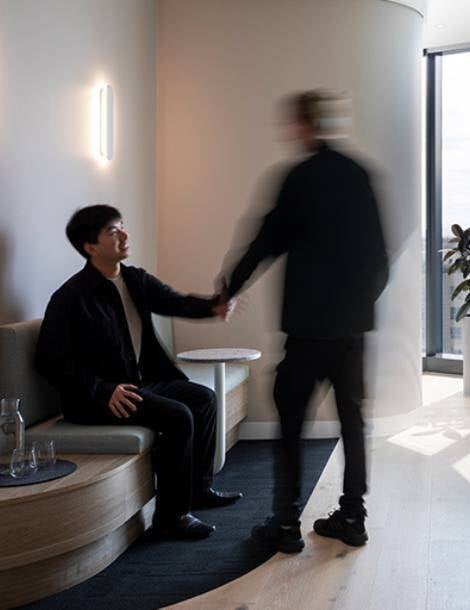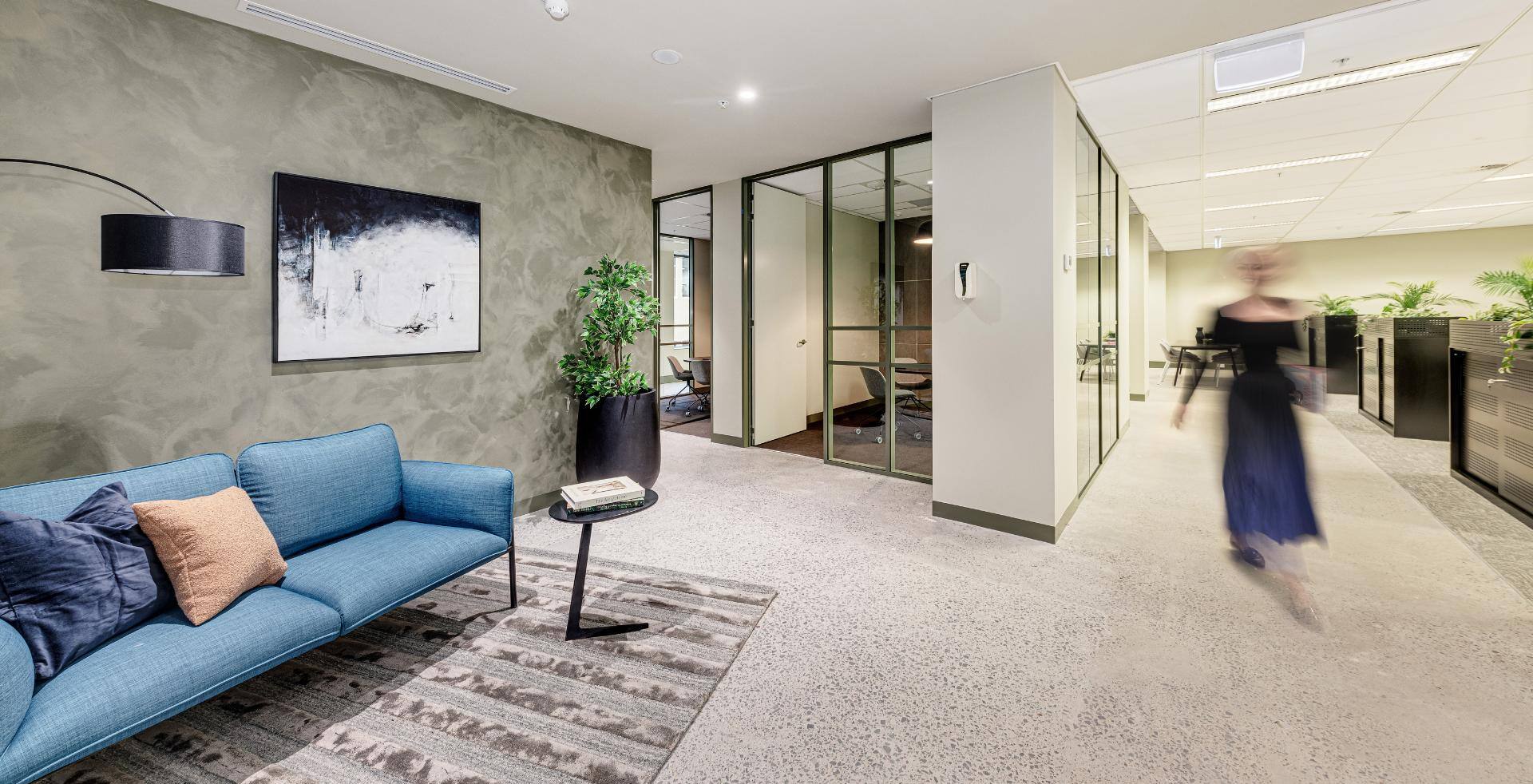
The Prius Workplace: Office Fitout Cost in the Hybrid Work Era
The Impact of Hybrid Work and Design Trends on Office Fitout Costs As we emerged from the Global...

The Impact of Hybrid Work and Design Trends on Office Fitout Costs As we emerged from the Global...
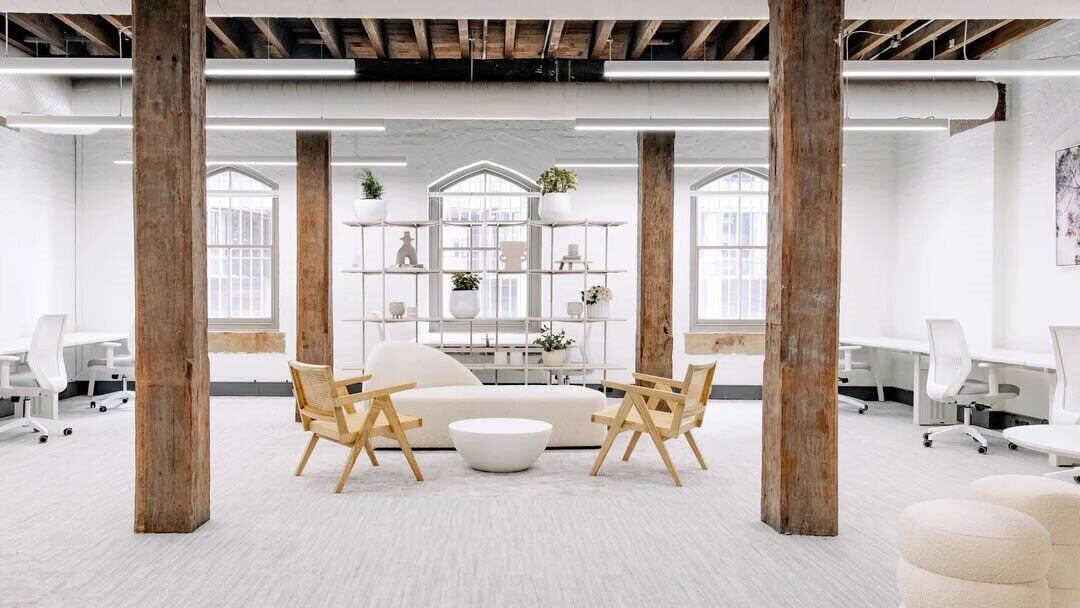
The signs that your office is due for a refurbishment are often very clear. Here’s a big one – the...
-2.png)
Transforming Office Spaces in Melbourne with Amicus Authors: Julian Verwey, Megan Greig In the...
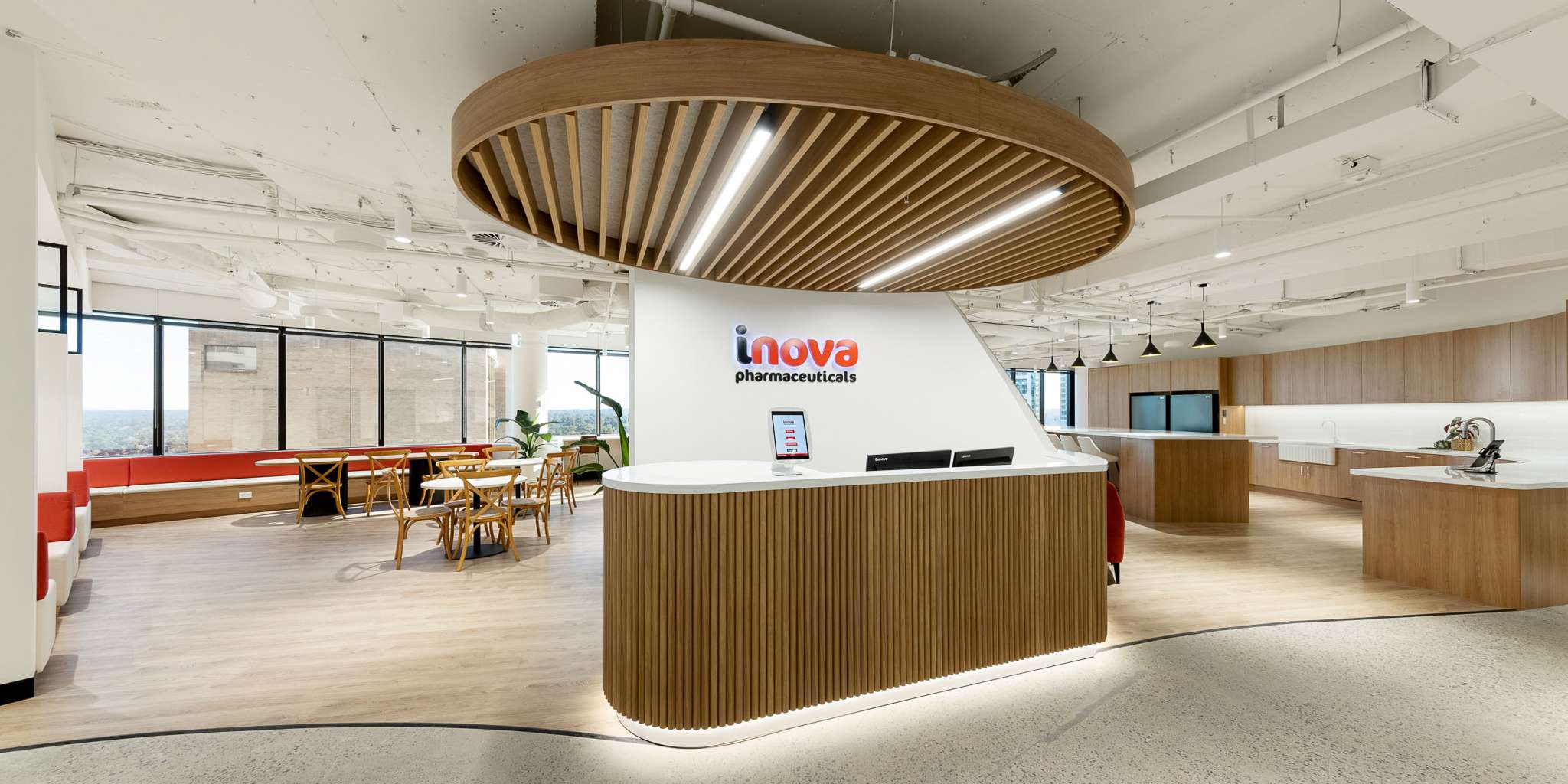
Key Factors To Create iNova's New Office iNova Pharmaceuticals was recognised as one of the best...

The Impact of Square Metre Rates in Office Design In the fast paced and complex world of...
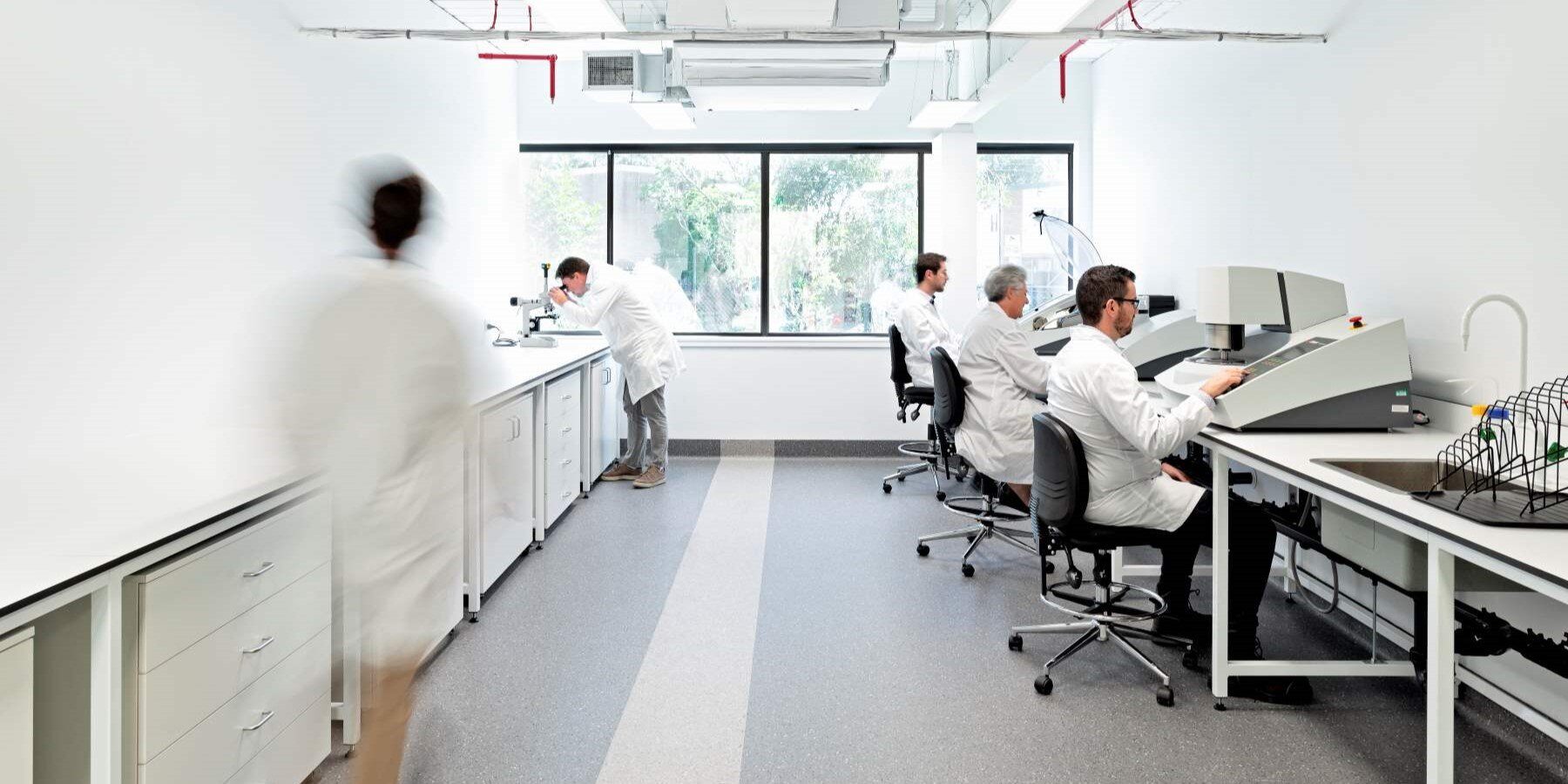
When it comes to laboratory design, often taking two steps back can help establish the true needs...
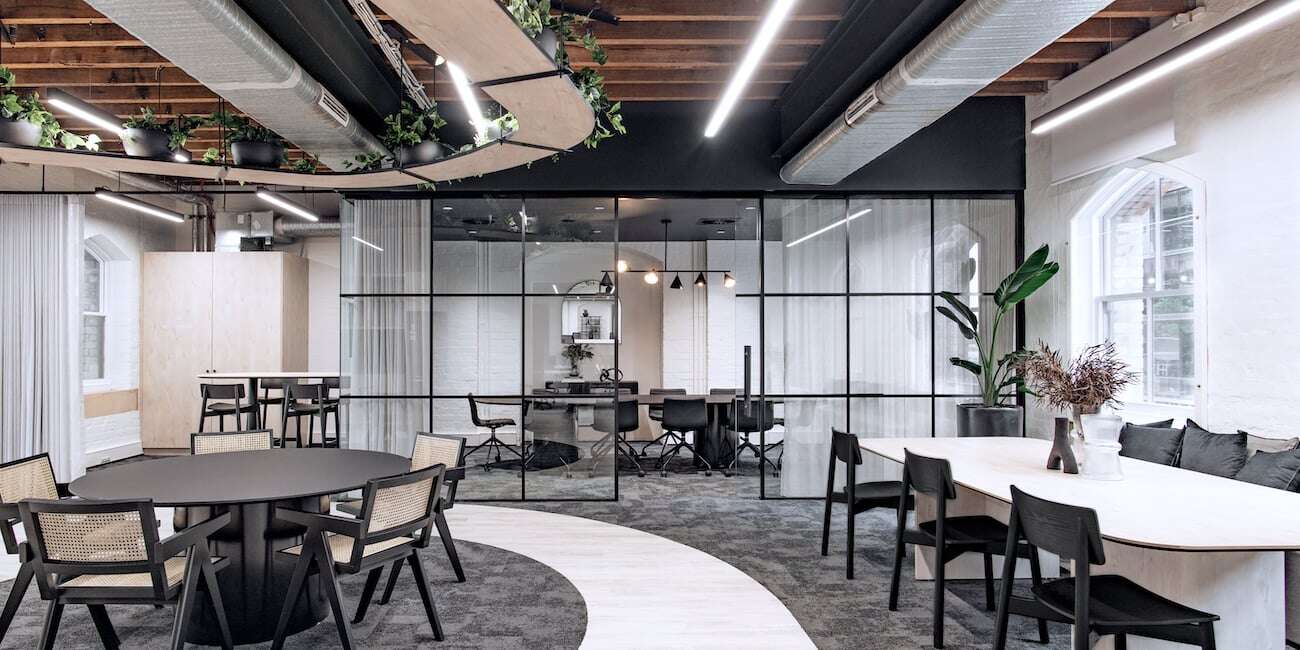
ESG (Environmental, Social and Governance) in Office Design and Construction

Regardless of your age, the design and configuration of your work environment can greatly affect...
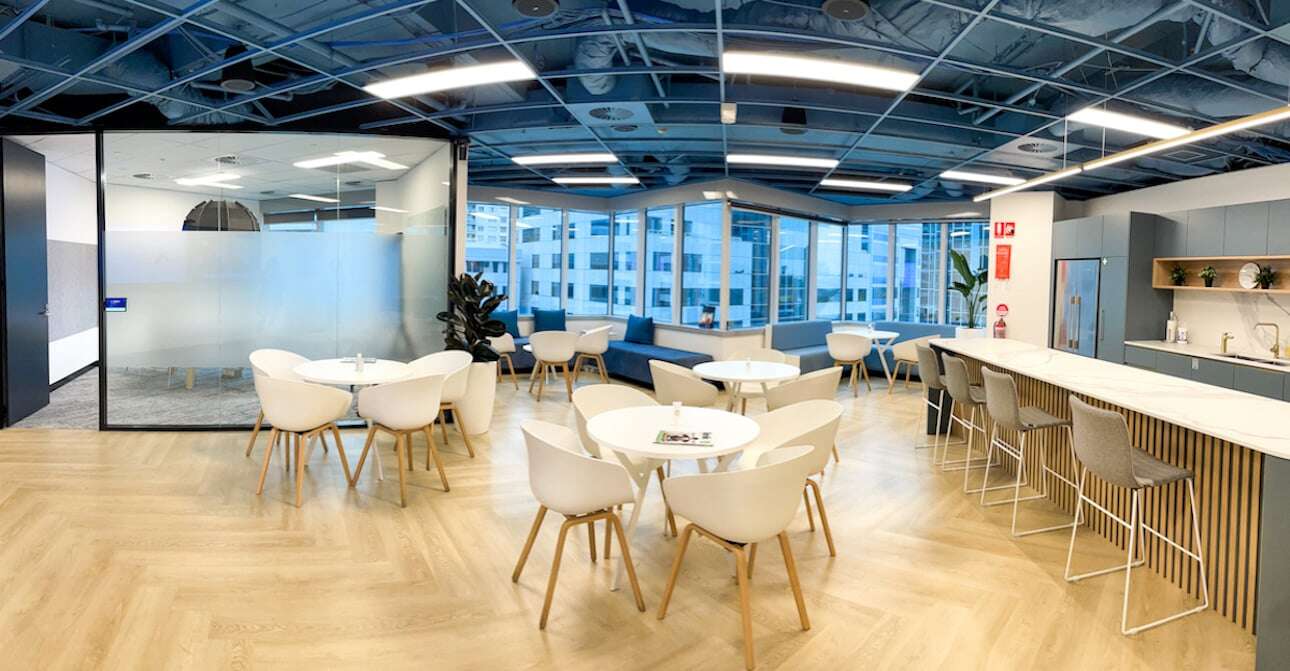
location, location, location The location of Autism Spectrum Australia National Office on Sydney's...
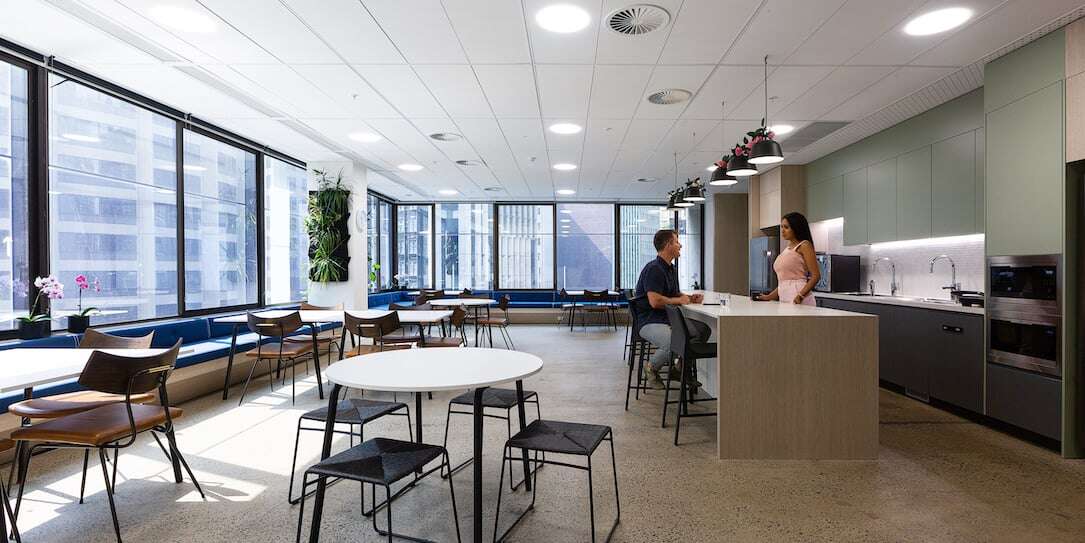
From partnership to ASX Over many years this IP law firm had grown in a partnership model,...
Contact our Workplace Strategy, Design and Fitout specialists today
